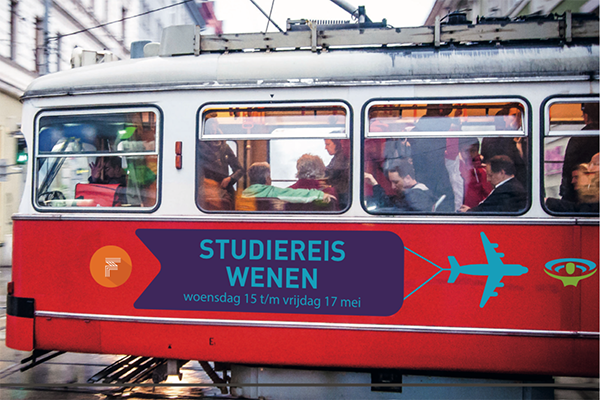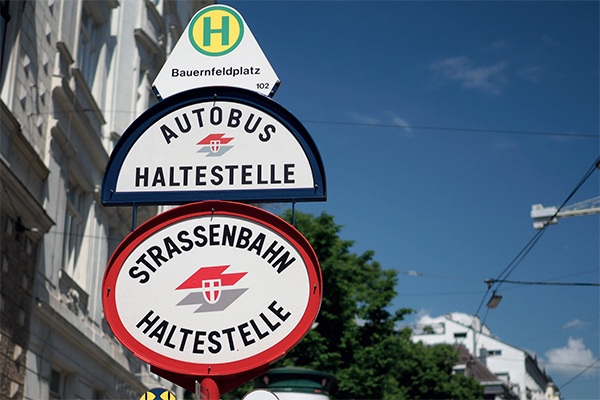Innovation / Mobility / Public transport
Studying Abroad: Mobycon and Forseti Travel to Vienna
MaaS and the Role and Control of Governments
Mobility as a Service (MaaS) is in the spotlight! Developments in this realm will have a major impact on the future of mobility and this has led to many questions: What applications of MaaS exist? How do we get new developments underway? What are the real interests of stakeholders? An important question is what role and responsibility governments will have?

Exploring these issues is precisely what we will explore during our study tour to Vienna this week. Forseti and Mobycon have collaborated to organize this trip, inviting Dutch professionals working in transport, mobility, innovation and public transport from the public and private sectors. They will visit both private and public organizations to learn what has been successful and discuss the questions and issues they are struggling with in the Netherlands.
WHY VIENNA?
A number of interesting steps have been taken in the development of MaaS in Vienna and the government has played an important role in this. The city of Vienna has a structural policy for promoting sustainable mobility. Among other things, this has led to public transport having a mode share of around 40%. Vienna wants to further reduce the amount car traffic in the city and is taking many measures to achieve that through urban and transport engineering.
The topics that will be addressed include:
How the transport system in Vienna works. Which transport options are available? How is the transport system organized? How are the roles and responsibilities divided among the different organizations?
What are the developments around Mobility as a Service? How do the different platforms and apps work? What is done with the data and by whom? Which transport options are integrated in the apps and which new mobility concepts are being developed in Vienna under the influence of MaaS?
How do the Viennese and Austrian authorities see their responsibility in organizing mobility? For example, how does the government organize public transport and what is the role of the government in other forms of mobility? How is this anchored in mobility policy and which management model is used?
How does the government see its role in future development of Mobility as a Service? When does the government get involved and when do they leave it to the market? And how are social objectives (accessibility, accessibility, climate and air pollution) guaranteed in the development of MaaS?
We look forwrad to sharing some of what we learn and the experiences of tour participants! Stay Tuned!

 ">
">Martijn van de Leur
‘I am fascinated by innovation and smart mobility solutions; from the development process with stakeholders to the end product for the user. I have years of experience with traffic and transport studies and work on bicycle and traffic safety, mobility management and mobility concepts.’

